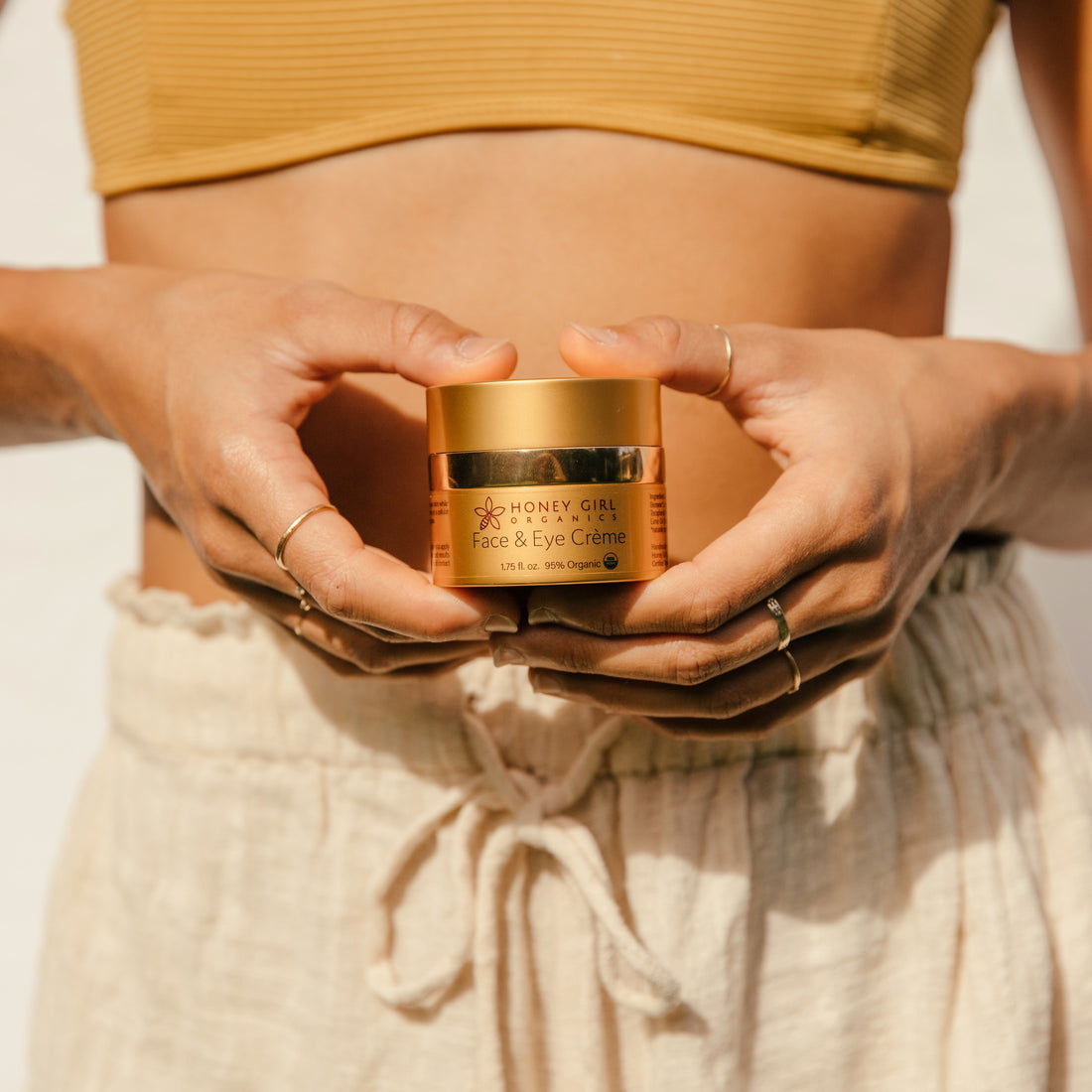
How to Tell If Your Skincare Routine Is Actually Working
Share
We all want results when it comes to skincare. Re-buying products, sticking to a routine, and embracing self-care aren't just for show—we want to see real, noticeable changes in our skin! Whether you're using a new product or sticking to your forever favorites, this guide will help you determine if it's working for your skin, your specific skin type, and the concerns you're targeting.
In this guide, we’ll walk you through how to track skin changes, spot signs of progress, and, most importantly, know when it might be time to switch up from a beloved product and swap it out for something new to see the results you desire.

We all want instant results, but high-quality skincare doesn’t always work that way. Sometimes, potent ingredients are more about gradual, consistent efforts that build up over time. A product's true power reveals itself when you use it daily and incorporate it into your routine. Depending on the product type, it's always a good idea to give your skin 4-5 weeks to adjust to the formula, track the results, and see if it’s truly working for you.
Honey Girl Tip: This is especially important for products targeting deeper layers of the skin, like fine lines or hyperpigmentation. These products take continued use and sometimes even a few more weeks before you start to see the full results!

2. Look for Subtle Changes, Not Massive Results
Skincare works in baby steps, meaning the first signs of progress will be subtle, not grand reveals. Here’s how to spot those early signs:
● Smoothing Skin Texture: If you’re using a product for texture, look for smoother skin when applying makeup, softer skin under your fingertips, and a more refined appearance in bright, direct sunlight.
● Acne-Prone Skin: You might notice that old acne begins to heal more quickly, and future breakouts are smaller, with less visible congestion. You may also see less oil pooling and acne healing faster than before.
● Brighter Complexion: If you're aiming for a brighter, glowing look, you might notice subtle changes, like a natural glow in the morning or the need to wear less foundation or concealer.
Honey Girl Tip: Don’t just rely on your eyes to track progress. We love recommending before-and-after photos, which can help you spot both subtle and more dramatic results you might have missed by just looking in the mirror every day!

3. Pay Attention to How Your Skin Feels
Looking at visual changes is a great way to track progress, but paying attention to how your skin feels is just as important.
● Dryness: If you’re using a product to combat dryness, do you notice more bounce back or less tightness? These are signs that your product is working.
● Sensitive Skin: If you’re using products designed to soothe sensitive skin, look for signs of a healthier skin barrier, such as reduced redness, less irritation, and fewer breakouts.
● Anti-Aging Products: When using anti-aging products, you might feel your skin becoming a little firmer, with more bounce when pressed gently with your fingers. These skin-feeling checks help you understand if the product is doing what it promised!

4. Not All Products Are Right for You (And That’s Okay)
While spotting the positive signs that a product is working is exciting, it’s important to remember that sometimes a product just isn’t right for your skin. It happens! The key is recognizing these signs and discontinuing use.
Signs the product isn’t for you:
● Unexpected Breakouts: Acne in new areas or a different kind of breakout than you usually experience can indicate that a product does not agree with your skin.
● New Redness, Burning, or Itching: These could be signs of irritation from an ingredient or that the formula does not agree with your skin type, particularly if you’re sensitive; look for these signs.
● Dry, Tight, or Flaky Skin: If your skin suddenly feels overly dry or tight, that’s a red flag. A drastic change like this means the product isn’t working well for you, and you might want to consider not using it.
● Allergic Reactions: Burning eyes, swelling, or hives after use are signs that you might be allergic to an ingredient and should discontinue use immediately.

5. When to Switch Products
If you see any signs listed above, it’s time to stop, discard, and try something new. Sometimes, even the best formulations don’t work for every skin type, and that’s totally okay! Other signs that it might be time to switch include:
● No noticeable results after several weeks: If after 4-5 weeks (or more) you still don’t see improvements, even with progress photos, it might be time to try something new.
● You’ve outgrown the product: If your skin has changed (perhaps you’ve moved past acne and are looking for anti-aging solutions), the product that once worked for you may no longer be a priority, and this is okay!

Let’s be honest: skincare isn’t just about temporary fixes. It’s a long-term commitment, meant to improve your skin over time. If the product is right for you, you’ll experience signs of overall skin health, including:
● More even skin tone
● Fewer breakouts
● Reduced fine lines
● Brighter, healthier complexion
● Balanced moisture levels
These long-term improvements show that the product works for you, but remember that results will vary depending on the product type and your skin’s needs.
At Honey Girl Organics, we know that skincare is a deeply personal journey. We hope this guide helps you navigate trying new products, evaluating your current skincare routine, and knowing when it's time for a switch. Remember: your skin is unique, and one product might not work the same for everyone. Always give products time, look for signs of improvement, and be mindful of your skin's responses!
With love,
Ashley and Honey Girl Organics

